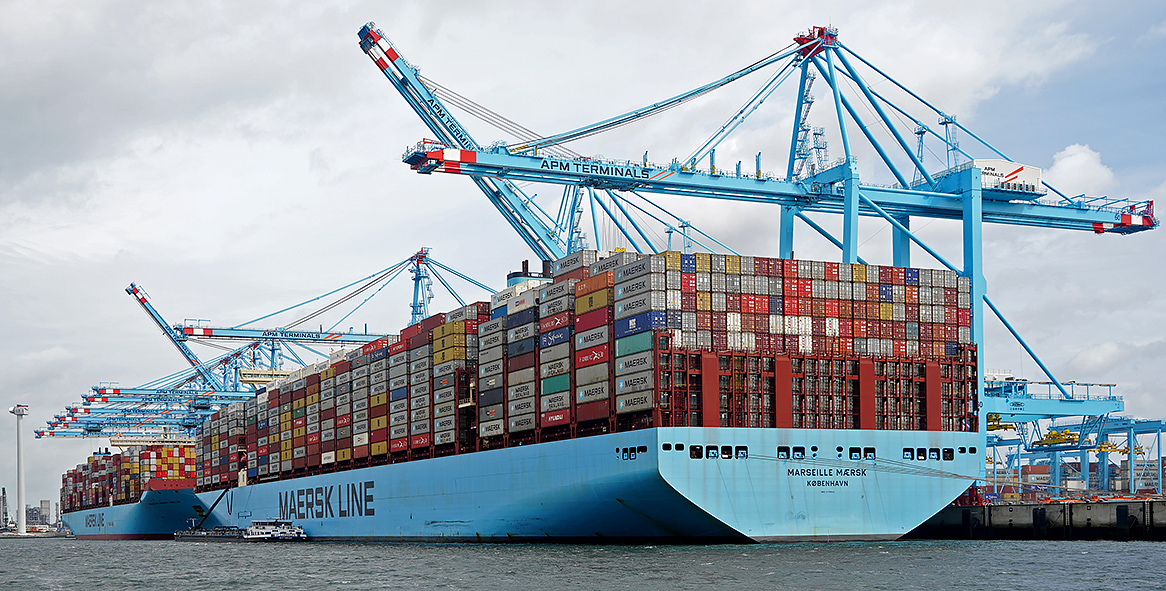COVID has disrupted our lives for almost two years. Wine did not dodge that viral bullet.
One issue is local. The pandemic thinned the herd of winery workers and supply chain personnel. Even when winemakers manage to harvest grapes and make wine, they still have to get their product into the system. Remember when you couldn’t find toilet paper? Wine was choked, too.
Another big issue for wine is shipping containers. Many of the products people buy today come from abroad. The U.S. ships to other countries, other countries ship to the U.S. An estimated 90% of the world’s goods are transported by sea, and 60% of that is shipped in large steel containers. In total, some $14 trillion of the world’s goods spend some time in a standardized container. There is a world-wide shortage of containers and port loading and unloading capacity.

In the 1950s, American entrepreneur Malcolm McLean pushed the idea of standardized containers so loading and unloading could be speeded up. In 1956, he created the standard cargo container largely used today. Before that, manually loading a ship cost $5.86 per ton. With McLean’s standardized containers, it dropped to 16 cents per ton. Even if you are not good at math, you can do that math.
Today, the standard container is 20 feet long, eight-feet wide, and nine-feet tall. They stack like lego blocks on massive container ships. All, well and good, but when the containers can’t get loaded or unloaded expeditiously, or there are not enough containers, the enterprise has sand in the gearbox.
That is what is happening to wine, raising cost and availability of wines globally. It means metal boxes spend time baking in the shipping port sun, then wait for trucks to deliver the goods. If your wine store is out of your favorite imported wine, you have the likely cause. Same holds true in foreign countries for people who like American wine.
Tasting notes:
• Castello Banfi San Angelo Pinot Grigio Toscana 2019: Delicious, serious version of pinot grigio. $14-18 Link to my review
• Chemistry Chardonnay, Willamette Valley 2019: Willamette quality at price you can afford. $14-19 Link to my review
• Domaine Anderson Estate Chardonnay, Anderson Valley 2017: California chard with French accent. Balanced. Elegant. $27-33 Link to my review
Last round: After the last child moved out, the old woman sold the shoe and moved into a flat. Even better, it was near a wine shop, which would have been nice back when she had so many kids she didn’t know what to do.

